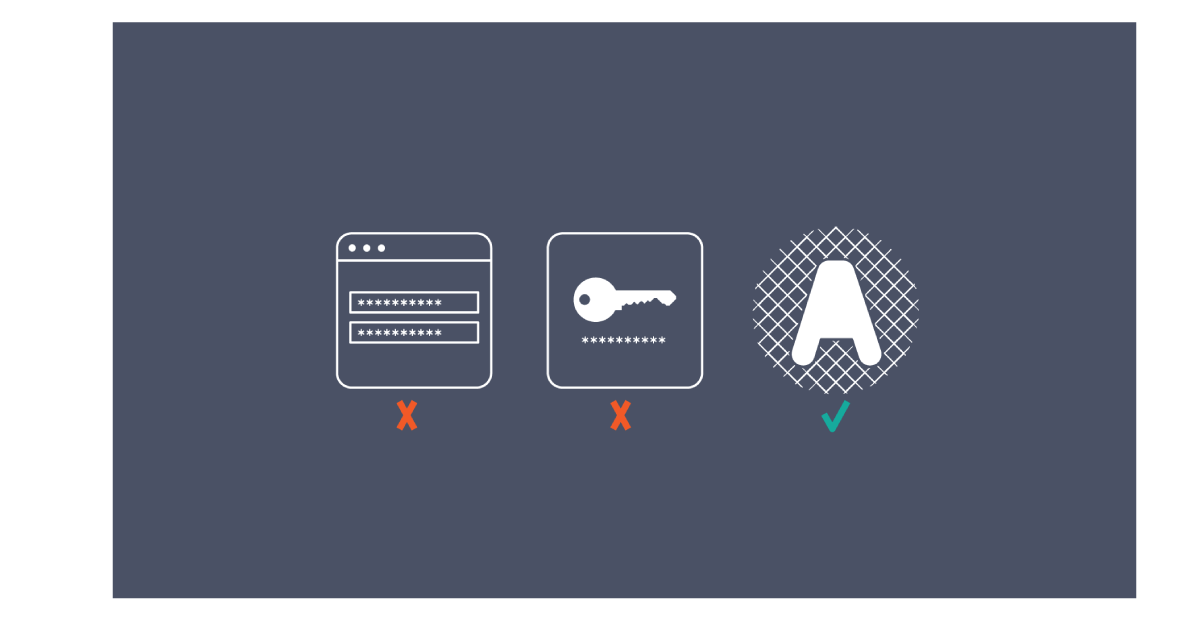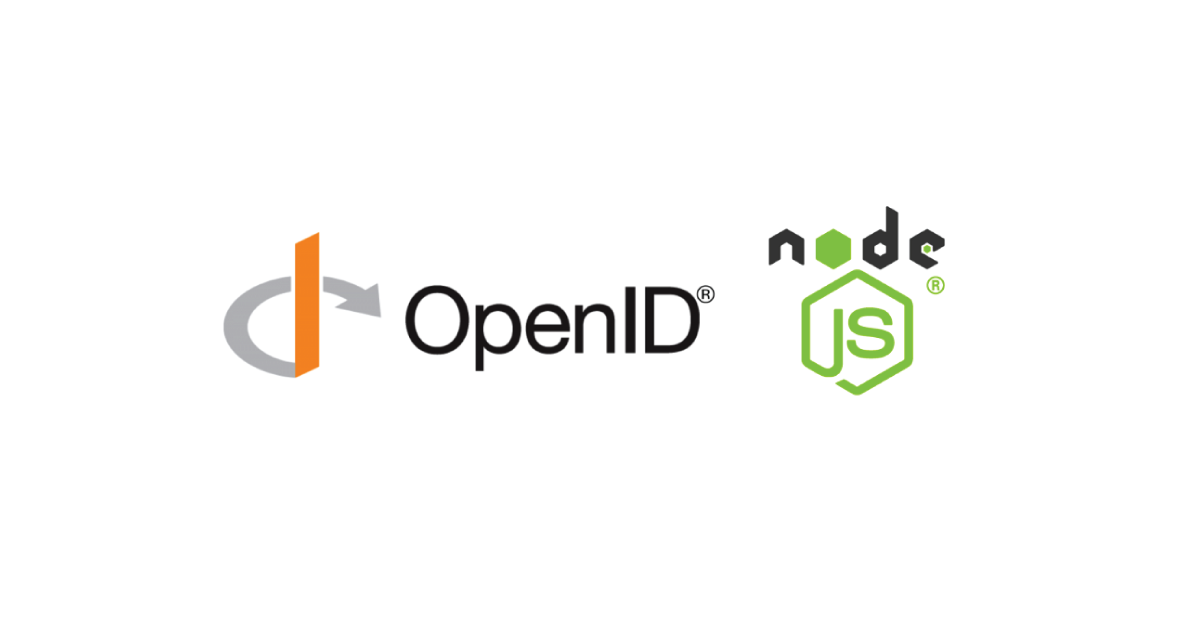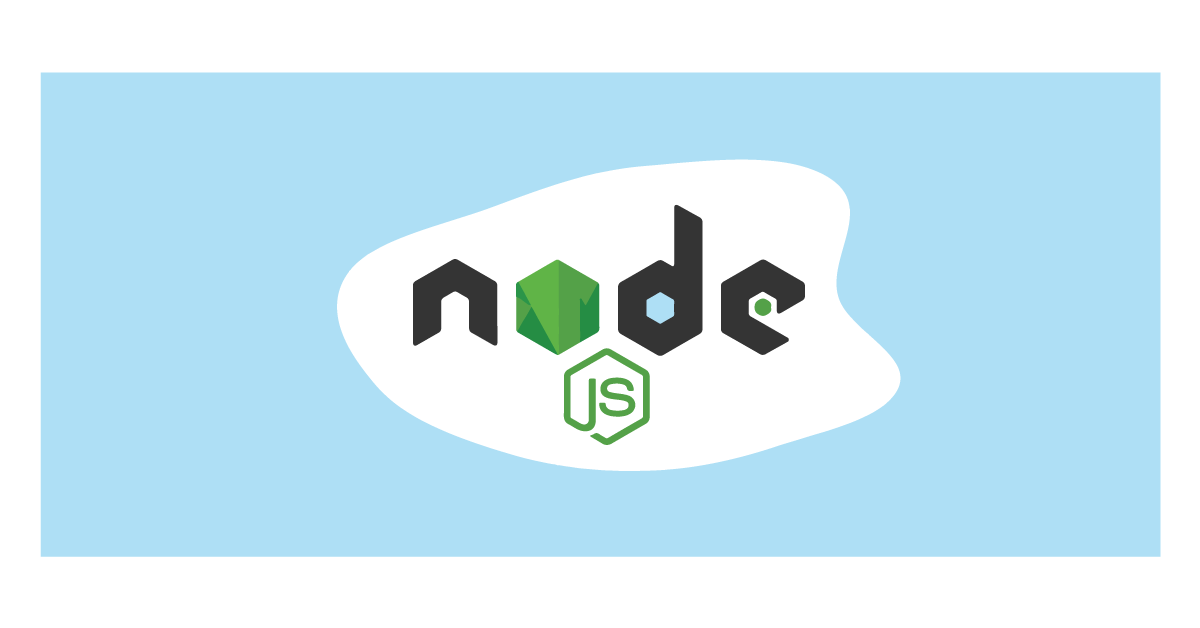What is blockchain?
Posted on November 25, 2021 at 05:07 AM
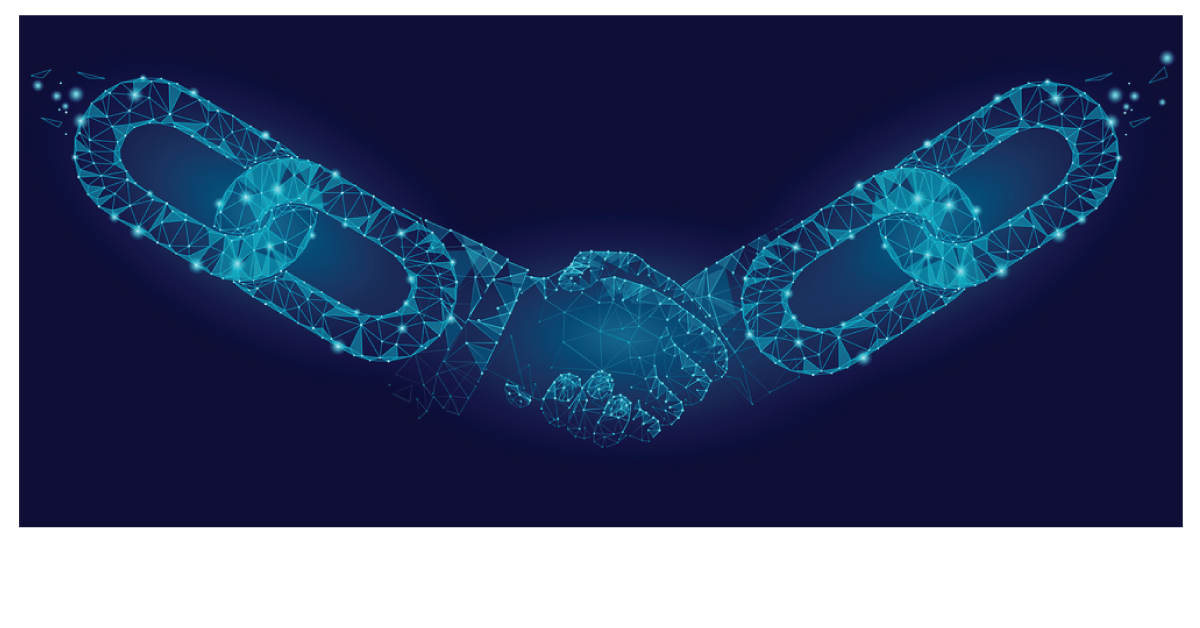
Blockchain is a decentralized database, based on a distributed ledger technology, that is designed to make it impossible to hack or manipulate the data. Instead of storing data in rows and columns, it digitally links the data using cryptography. The ledger thus created, is an ever-growing list of unique immutable records, called blocks, linked with each other.
According to some statistics, there will be more than 70 million registered blockchain wallets in 2021.
To explain the blockchain, I’ll be frequently referring to Bitcoin and Ethereum as a reference, but by no means, it is restricted to these platforms.
Other blockchain platforms are Bitcoin, IBM Block chain, Ripple, Ethereum, Hyperledger Fabric, Microsoft Azure Block chain, Stellar, Quorum, Tangle, Neo, Swirlds, etc.
Types of blockchain
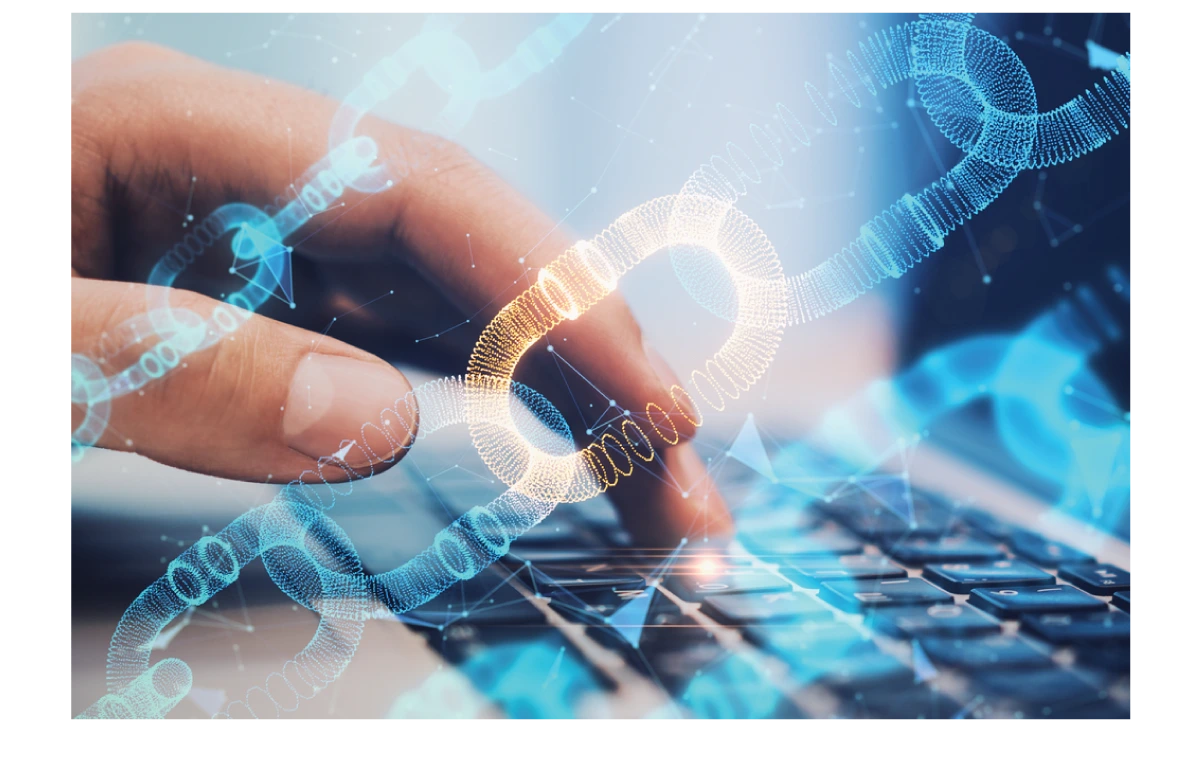
A blockchain network could be categorized into 4 groups:
- Public blockchain
- Private blockchain
- Hybrid blockchain
- Sidechain
Public blockchain
It is an open decentralized network in which anyone with internet access could send or validate transactions. They utilize algorithms such as Proof of Stake or Proof of work to validate a transaction. The most commonly known blockchains are Bitcoin blockchain and Ethereum blockchain.
Private blockchain
It is a centralized network, the access to network resources is restricted. Participants and validators have different levels of access.
Hybrid blockchain
This type of network employs both centralized and decentralized networks.
Sidechain
Sidechain is the name given to a blockchain ledger that runs parallel to the primary blockchain. While the entries from the primary chain are linked to the sidechain, they could operate independently.
How does blockchain work?
 It consists of four important components:
It consists of four important components:
- Nodes
- Miners
- Blocks
- Transactions
Nodes
Blockchain infrastructure is managed on a peer-to-peer computer network. Each computer, called a node, stores the history of transactions and serves as a source to other nodes. All the nodes try to maintain the same copy of blockchain transactions. Whenever a new transaction is added to a block, the state of the blockchain network changes. These nodes constantly exchange the latest blockchain data so all the nodes are up-to-date.
A node storing a full copy of transaction history is known as a full node. A full node could be a miner or a server broadcasting the latest transactions to all other nodes in the network.
Transactions
A transaction is an action initiated by an account. They are cryptographically signed instructions to change the state of the network.
For example, the transfer of value in the Bitcoin network, while the simplest transaction on the Ethereum network could be the transfer of ETH.
Blocks
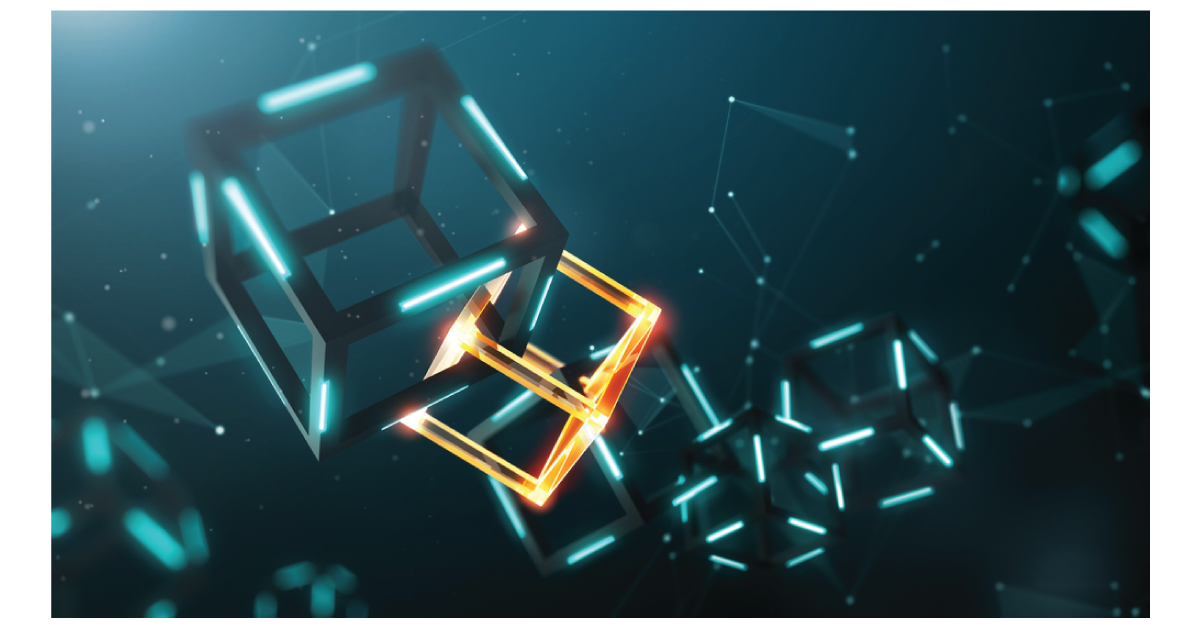
A block is a collection of transactions added to the blockchain by a miner. The first block in the network is known as the Genesis block or Block zero. Each block contains the hash of the previous block in the chain making them unique and unalterable. Any effort to modify a block will render all the newer blocks invalid making the node out of sync with the network.
The maximum size of a block is 1MB, while on the Ethereum network, the target block size is restricted by the amount of gas consumed to create the block(gas refers to the unit that measures the amount of computational effort required on the Ethereum network).
Miners
The blockchain nodes which validate the transactions before adding it to the block are known as Miners. They always need to run a full node in order to add a valid block to the network.
The process of adding a transaction to the blockchain network is resource-intensive. The networks like Bitcoin and Ethereum use a method named “Proof-of-Work” to add a block to the network.
The miners first add the transactions to their local pool, when the block size limit is reached, they solve a mathematical puzzle and generate a proof-of-work certificate to the network. The miner who adds the block first receives a reward for mining the block.
Related Posts
We could talk tech all day. But we’d like to do things too,
like everything we’ve been promising out here.

